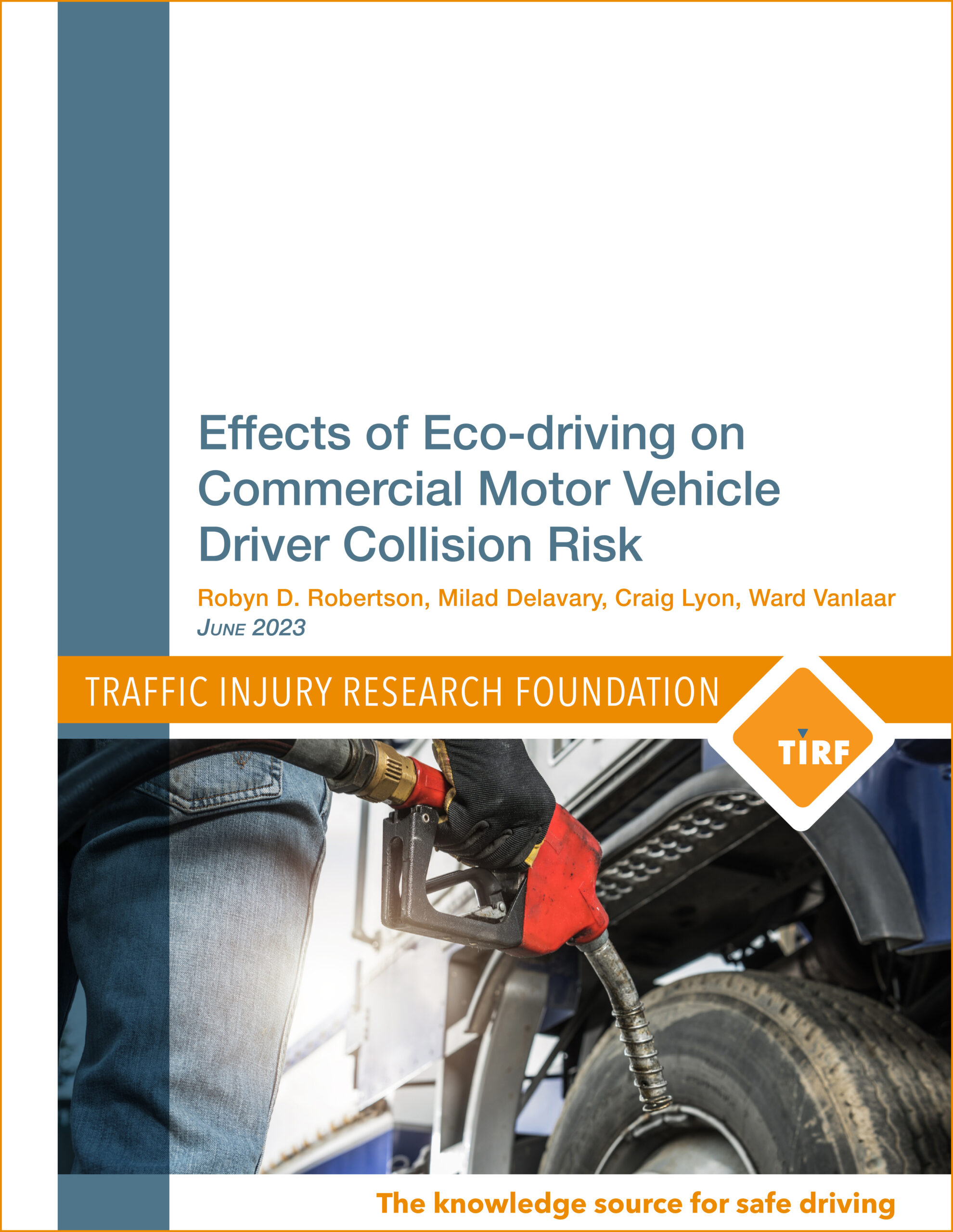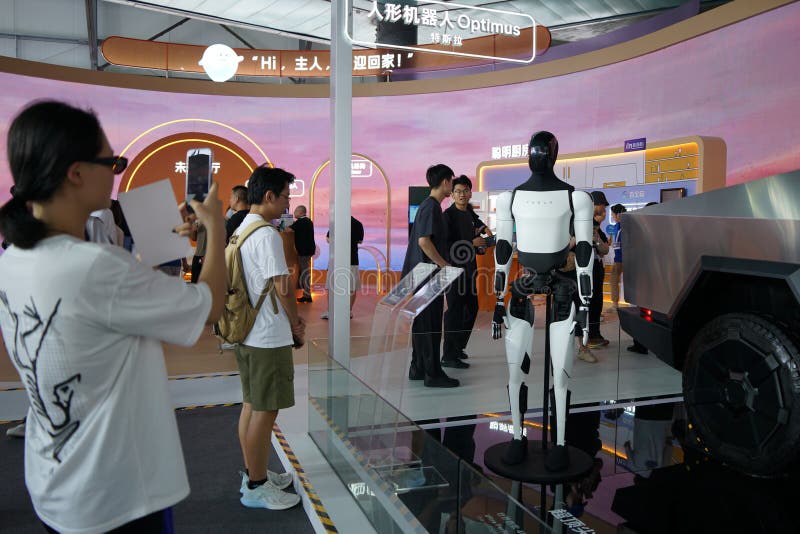The China Factor: Analyzing Market Difficulties For BMW, Porsche, And Other Automakers

Table of Contents
Intense Domestic Competition
The Chinese automotive market is no longer dominated solely by international brands. The rise of powerful domestic players presents a formidable challenge for established automakers.
Rise of Domestic Brands
The rapid advancement of Chinese automakers like BYD, NIO, and Xpeng is undeniable. These brands are not only offering technologically advanced vehicles but are also deeply attuned to the preferences of the local market, giving them a significant competitive edge.
- Superior understanding of local consumer preferences: Domestic brands possess an inherent understanding of Chinese consumer tastes, preferences, and cultural nuances, allowing them to tailor their products and marketing strategies effectively.
- Government support and subsidies: Chinese government initiatives, including subsidies and favorable policies, provide significant support to domestic automakers, enhancing their competitiveness.
- Aggressive pricing strategies: Many domestic brands employ aggressive pricing strategies, often undercutting international competitors and capturing significant market share.
Price Wars and Market Share Erosion
The influx of domestically produced vehicles has ignited intense price wars, squeezing the profit margins of international brands. This necessitates a strategic adaptation to maintain competitiveness.
- Decreased profitability for foreign brands: The price wars have led to a decline in profitability for many established international players, forcing them to re-evaluate their business models.
- Pressure to localize production and reduce costs: International automakers are under pressure to localize production to reduce costs and compete more effectively on price.
- Need for innovative pricing models and value propositions: To counter price competition, foreign brands must focus on differentiating their offerings through innovative pricing models and highlighting unique value propositions.
Navigating Regulatory Hurdles
The regulatory environment in China presents unique complexities for international automakers, demanding significant investment and adaptation.
Stringent Emission Standards and Regulations
China's ambitious goals for emission reduction and electric vehicle (EV) adoption impose significant challenges, requiring substantial investments in research and development (R&D) and changes to production lines.
- Compliance costs associated with stricter emission standards: Meeting increasingly stringent emission standards involves substantial upfront costs for compliance and ongoing investments.
- Investment in electric vehicle technology and infrastructure: A significant shift towards EVs necessitates large investments in battery technology, charging infrastructure, and related technologies.
- Challenges in meeting localized content requirements: Regulations often mandate a certain percentage of locally sourced components, adding complexities to supply chain management.
Complex Bureaucracy and Import Tariffs
Navigating the intricacies of Chinese bureaucracy and fluctuating import tariffs adds another layer of complexity to operations within the Chinese market.
- Navigating complex import procedures and regulations: The import process is often cumbersome, requiring extensive paperwork and adherence to strict regulations.
- Managing fluctuating tariffs and their impact on pricing: Changes in import tariffs can significantly impact pricing strategies and overall profitability.
- Establishing strong relationships with government agencies: Building strong relationships with relevant government agencies is crucial for efficient navigation of regulatory hurdles.
Understanding Evolving Consumer Preferences
The Chinese automotive market is characterized by rapidly evolving consumer preferences, demanding continuous adaptation and innovation from international players.
Shifting Demand Towards Electric Vehicles (EVs)
The remarkable growth in the popularity of EVs in China signifies a significant opportunity, but also underscores the need for substantial investment in related technologies.
- Investment in R&D for electric vehicle technology: Automakers must invest heavily in R&D to develop advanced battery technology, efficient electric powertrains, and related EV technologies.
- Development of charging infrastructure and support networks: Expanding the charging infrastructure and establishing robust support networks are essential for supporting EV adoption.
- Marketing and branding strategies tailored to the EV market: Effective marketing campaigns must highlight the unique advantages and benefits of EVs to Chinese consumers.
Technological Sophistication and Connected Car Features
Chinese consumers are increasingly tech-savvy, demanding sophisticated in-car technology and connected car features.
- Integration of advanced driver-assistance systems (ADAS): ADAS features like lane-keeping assist, adaptive cruise control, and autonomous emergency braking are becoming increasingly important.
- Development of connected car features and services: Connected car functionalities such as in-car entertainment, navigation systems, and remote vehicle control are highly sought after.
- Focus on digital experiences and user interfaces: User-friendly and intuitive digital interfaces are key to attracting and retaining tech-savvy Chinese consumers.
Conclusion
The "China Factor" presents both significant opportunities and considerable challenges for international automakers like BMW and Porsche. Success in this vital market hinges on a profound understanding of the complex interplay of intense domestic competition, stringent regulations, and constantly evolving consumer preferences. To thrive in this dynamic environment, automakers must strategically adapt their product offerings, pricing strategies, and operational models. A focus on localization, technological innovation, and building strong relationships within the Chinese market is paramount. Ignoring the complexities of the China Factor can lead to significant market share losses and financial setbacks. Therefore, a comprehensive strategy specifically tailored to the unique dynamics of the Chinese automotive market is crucial for long-term success. Don't let the China Factor hinder your ambitions; understand it, adapt to it, and conquer it.

Featured Posts
-
 California Gas Prices Newsoms Plea For Oil Industry Cooperation
Apr 24, 2025
California Gas Prices Newsoms Plea For Oil Industry Cooperation
Apr 24, 2025 -
 Why This Startup Airline Uses Deportation Flights
Apr 24, 2025
Why This Startup Airline Uses Deportation Flights
Apr 24, 2025 -
 Faa Study Focuses On Collision Risks At Las Vegas Airport
Apr 24, 2025
Faa Study Focuses On Collision Risks At Las Vegas Airport
Apr 24, 2025 -
 Tesla Faces Optimus Robot Production Delays Amidst Chinas Rare Earth Crackdown
Apr 24, 2025
Tesla Faces Optimus Robot Production Delays Amidst Chinas Rare Earth Crackdown
Apr 24, 2025 -
 Loss Of Editorial Independence 60 Minutes Producer Steps Down Amid Trump Controversy
Apr 24, 2025
Loss Of Editorial Independence 60 Minutes Producer Steps Down Amid Trump Controversy
Apr 24, 2025
